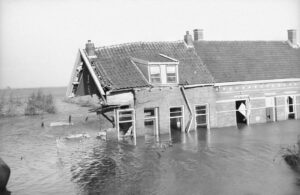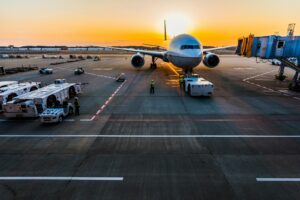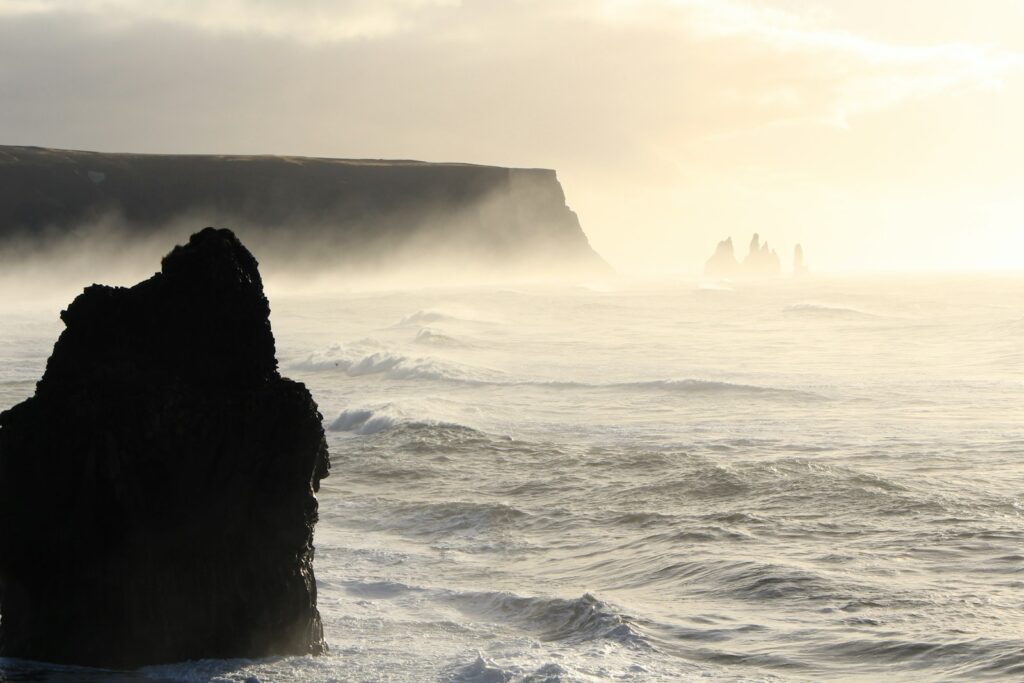New report finds 15cm sea level rise in past 30 years
While the global average was 9.4cm, some Pacific regions have seen the water line increase in height by almost double that due to carbon emissions and global warming.
The UN Climate Action Team’s report, Surging Seas In A Warming World, shows sea level rise is taking place at a rate that far exceeds any time in the last 3,000 years.
The research was published ahead of this week’s Pacific Islands Forum Leaders Meeting in Tonga, a gathering of representatives from 18 Pacific islands including New Zealand and Australia, the region’s biggest carbon emitter which recently committed to ramping up extraction and use of gas through to 2050 and beyond.
The official opening ceremony itself was disrupted by floods resulting from heavy rains. A 6.9 magnitude earthquake then struck, causing buildings to be evacuated. Speaking at the event, United Nations Secretary-General António Guterres labelled the Pacific as the ‘most vulnerable area of the world’, while warning ‘surging seas are coming for us all.’
‘The reason is clear,’ he continued. ‘Greenhouse gases – overwhelmingly generated by burning fossil fuels – are cooking our planet… The sea is taking the heat – literally.’
The World Meteorological Organization’s State of the Climate in the South West Pacific also backs up the viewpoint that this part of the world is among the most severely impacted by the environmental crisis. Warming oceans and rising acidification threaten ecosystems, livelihoods and food chains, while rising sea levels put the every existence of many islands and archipelagos at risk.
More on climate change and net zero:
Image: Eleni Afiontzi

















